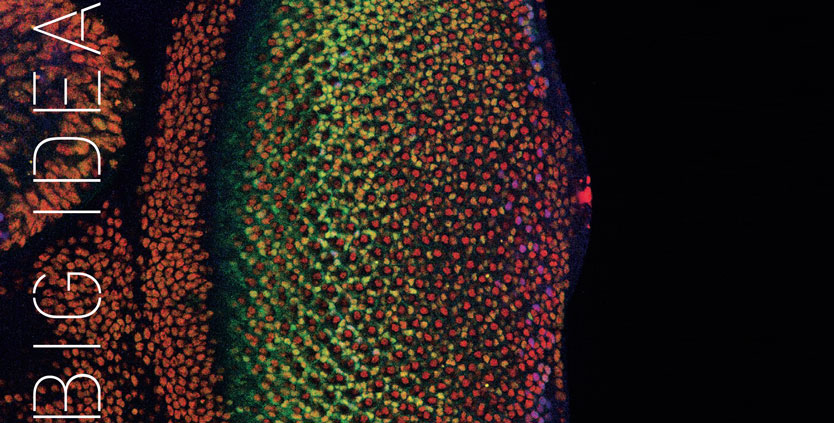In the Blink of an Eye
Scientists use fruit fly genetics to understand how things could go wrong in cancer

Cancer cells are normal cells that go awry because of bad developmental decisions during their lives. By studying the fruit fly’s eye, Northwestern researchers have gained insight into how developing cells switch to a specialized state and how this process might go wrong in cancer.
The fruit fly’s eye (pictured above) is an intricate pattern of many different specialized cells, such as light-sensing neurons and cone cells. Led by Northwestern Engineering’s Luís A.N. Amaral and biologist Richard W. Carthew, a multidisciplinary research team discovered that the levels of an important protein, called Yan, fluctuate wildly when a cell is switching from a more primitive state to a more specialized state. If the levels do not or cannot fluctuate, the cell does not switch and become more specialized.
The researchers also found that a molecular signal received by a cell receptor, called EGFR, is important for turning off the fluctuations, or noise. If that signal is not received, the cell remains in an uncontrolled state. By pinpointing this noise and its “off” switch, the research team can provide targets for scientists studying how cells can lose control and transform into cancer cells.
"Studying the dynamics of molecules regulating fly-eye patterning can inform us about human disease,” said Nicolás Peláez, first author of the study and a PhD candidate working with Amaral and Carthew. “Using model organisms such as fruit flies will help us understand quantitatively the basic biological principles governing differentiation in complex animals.”
